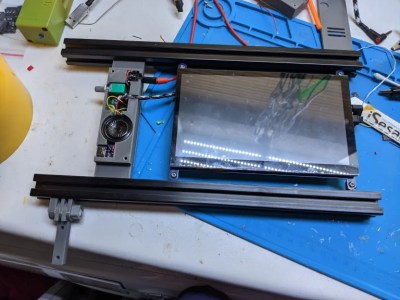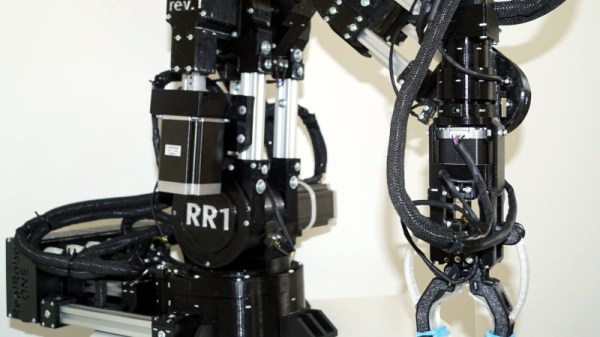Clothes dryers are great, and a key part of modern life, but they do use a lot of energy. [Mike Rigsby] decided to see if there was a more efficient method of drying clothes that could compete with resistive heating for efficiency. Thus, he started work on an ultrasonic clothes dryer.
In early testing, he found ultrasonic transducers could indeed blast droplets of moisture away from fabric, effectively drying it. However, unlike heat, the ultrasonic field doesn’t effectively permeate through a pile of clothes, nor can it readily be used with a spinning drum to dry many garments at once.
[Mike]’s current experiments are centered around using a basket-type system, with a bed of ultrasonic transducers at the bottom. The idea is that the basket will shake back and forth, agitating the load of clothing and allowing the different garments to effectively contact the transducers. It’s still a work in progress, but it’s an interesting approach to the problem. We’d love to see a comparison of the energy use of a full-scale build versus a regular dryer.
We’ve heard of the ultrasonic drying concept before, too, with the Department of Energy researching the matter. It could just be that we’ll all be using ultrasonic dryers in decades to come!






















